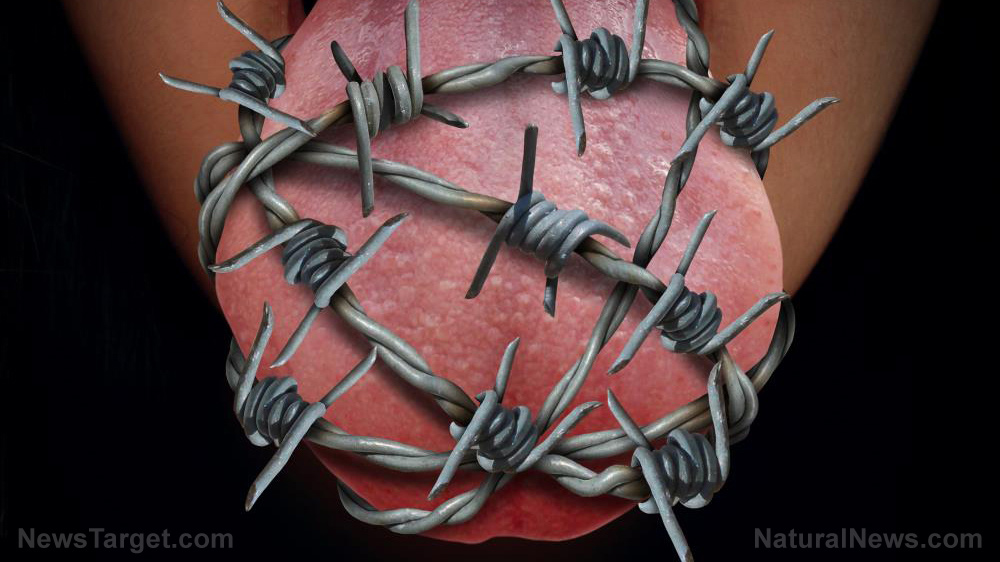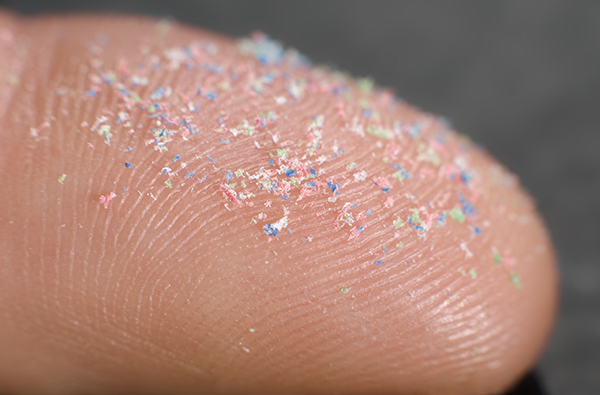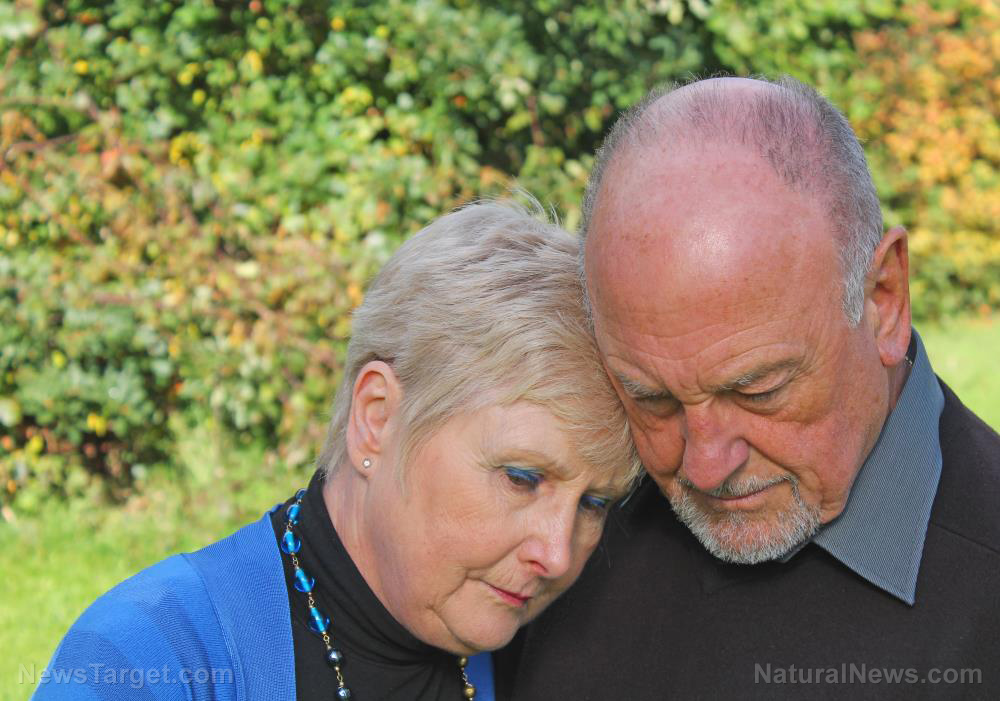
- Lidocaine, a widely used anesthetic, has seen poisoning deaths nearly triple in a decade, now accounting for 82% of local anesthetic fatalities.
- A new study reveals a 50% surge in lidocaine poisonings since 2016, driven by reckless overuse in outpatient clinics and emergency settings.
- Misperceptions of lidocaine’s safety lead to fatal overdoses, causing seizures, cardiac arrest, and systemic toxicity often missed by untrained providers.
- Outpatient cosmetic and dental clinics are high-risk settings, with untrained staff administering dangerous doses and lacking emergency treatments like lipid emulsion therapy.
- Experts demand stricter oversight and training, warning that without action, preventable deaths will continue to rise.
The deadly illusion of safety
Lidocaine has long been marketed as a "gold standard" anesthetic, trusted for its versatility in numbing pain during minor surgeries, dental work, and even over-the-counter topical treatments. But Dr. Michael Fettiplace, lead author of the study and assistant professor at the University of Illinois Chicago College of Medicine, shatters this illusion: "Lidocaine is not as safe as we think." The study reveals systemic failures in recognizing lidocaine’s toxicity. Unlike potent anesthetics like bupivacaine, which medical professionals handle with caution, lidocaine is often dismissed as harmless—a fatal miscalculation. When injected or absorbed in high doses, it can trigger local anesthetic systemic toxicity (LAST), attacking the central nervous and cardiovascular systems. Symptoms range from seizures to cardiac arrest, yet many providers miss the warning signs until it’s too late. One harrowing case involved a 70-year-old man who died after an outpatient MRI scan. Instead of receiving saline to flush the imaging dye, he was accidentally given a 2% lidocaine solution in a catastrophic error that stopped his heart. Another victim, a man seeking relief from acid reflux, inhaled powdered lidocaine imported from China and lost consciousness. "Undoubtedly, there is underreporting," Fettiplace admits, suggesting the death toll could be far higher.Outpatient clinics: A breeding ground for disaster
The surge in lidocaine deaths coincides with the rapid expansion of outpatient procedures, where cost-cutting clinics prioritize profit over patient safety. Dr. Evan Peskin, a board-certified anesthesiologist not involved in the study, warns that "many of these procedures are being performed by providers who may not have formal anesthesia training." Cosmetic surgeries like liposuction are particularly risky, as practitioners often exceed the recommended 300-milligram dose, unaware that toxicity can build gradually. Over-the-counter lidocaine products—some containing 20 grams or more—are equally dangerous, with cases of intentional misuse and accidental overdoses climbing. Even emergency responders are contributing to the crisis. The study found that prehospital deaths from lidocaine poisoning surged from 7% before 2010 to 31% afterward, with EMS and ER staff mistakenly administering doses as high as 2,000 milligrams, which is four times the safe limit.A race against time
When lidocaine poisoning strikes, minutes matter. Lipid emulsion therapy, an intravenous fat solution, can reverse toxicity, but only if it is administered immediately. "The problem is that in many outpatient settings, the people giving the lidocaine may not recognize the signs of toxicity, or they may not have lipid emulsion available," Peskin explains. Delays prove fatal, as seen in cases where victims died despite receiving the treatment too late. The study’s authors demand stricter oversight, including enhanced training for outpatient providers and mandatory lipid emulsion kits in clinics. Yet with lidocaine’s ubiquity—from hospitals to drugstore shelves—experts fear the death toll will keep rising until regulators confront the truth: no drug is "safe" in the hands of an unprepared system. Sources for this article include: TheEpochTimes.com Medscape.com News-Medical.net PhysiciansWeekly.com2 Chinese nationals charged for illegally smuggling AI chips
By Ramon Tomey // Share
Escalating crisis in Gaza: Over 135 KILLED in 24 hours as aid desperation and violence surge
By Kevin Hughes // Share
California wild hogs turn NEON BLUE, exposing hidden dangers of pesticide contamination
By Ava Grace // Share
Mushroom contamination: What it means for your health and what it says about the food system
By Olivia Cook // Share
FAA scrambles to hire 9,000 air traffic controllers by 2028 amid safety crisis
By Cassie B. // Share
Former aide claims Netanyahu's first post-Oct. 7 priority was evading responsibility
By isabelle // Share
Mobility SOS: Decoding joint pain after 50 and the path to preservation
By willowt // Share
Kristi Noem declares endgame for Maduro as military pressure mounts
By jacobthomas // Share
Experts warn: Self-aware AI is a near-future desktop technology
By jacobthomas // Share
Microplastics invade reproductive organs—nature's colorful defense may be our best hope
By patricklewis // Share
The silent stressor: How marital strife is quietly damaging our hearts
By avagrace // Share










